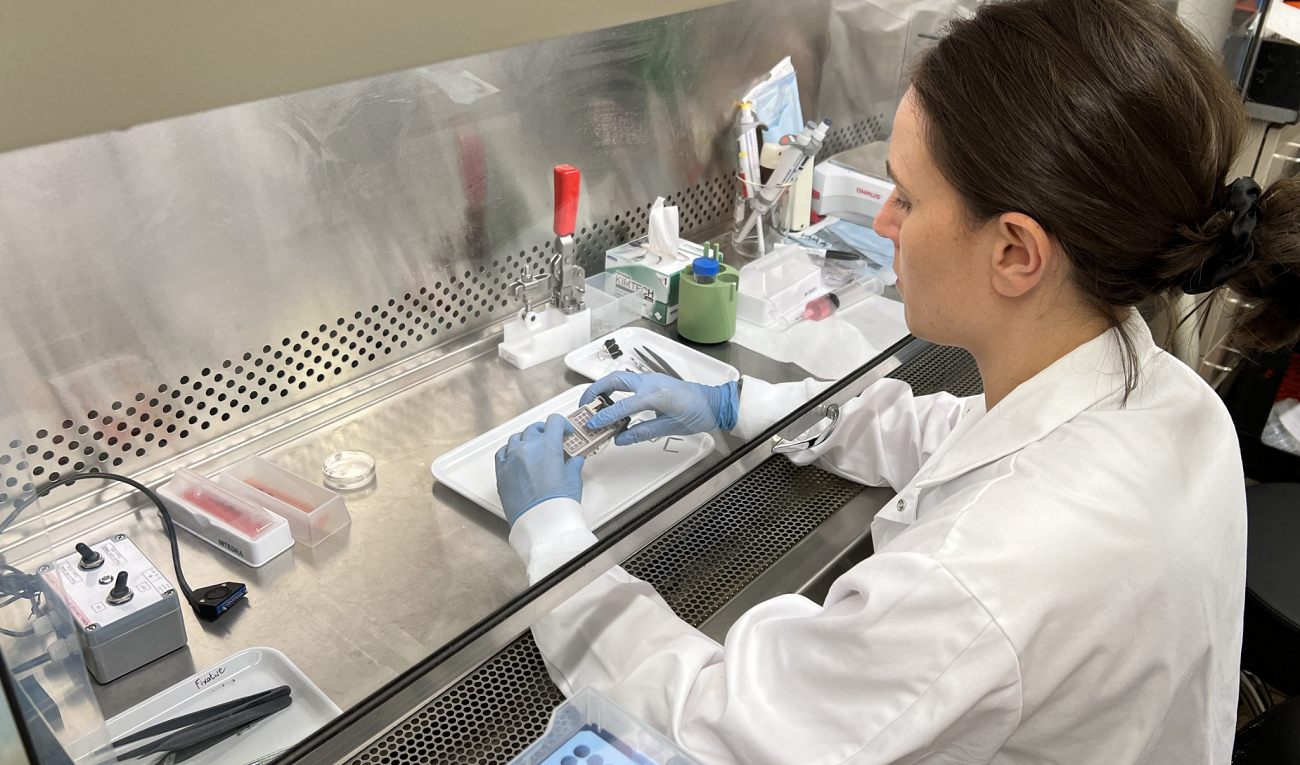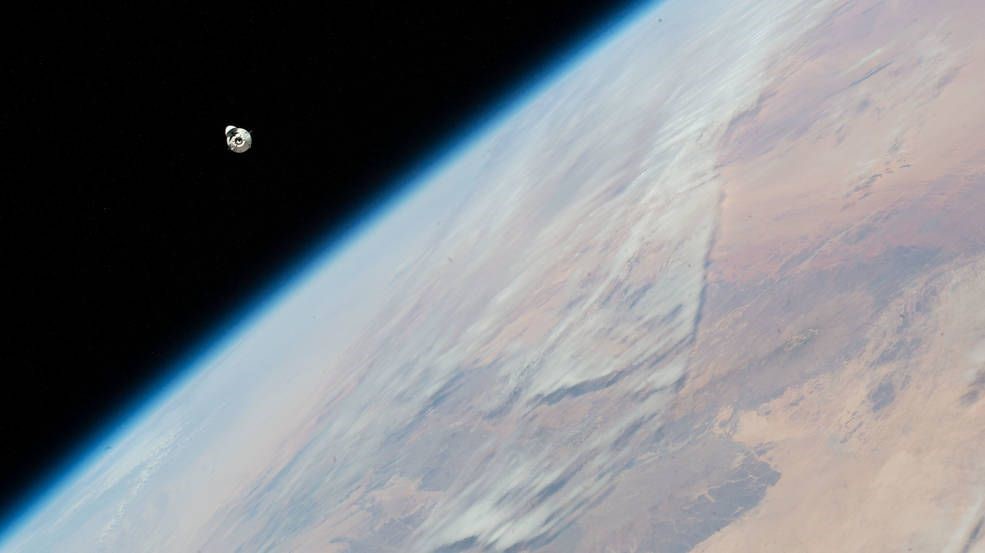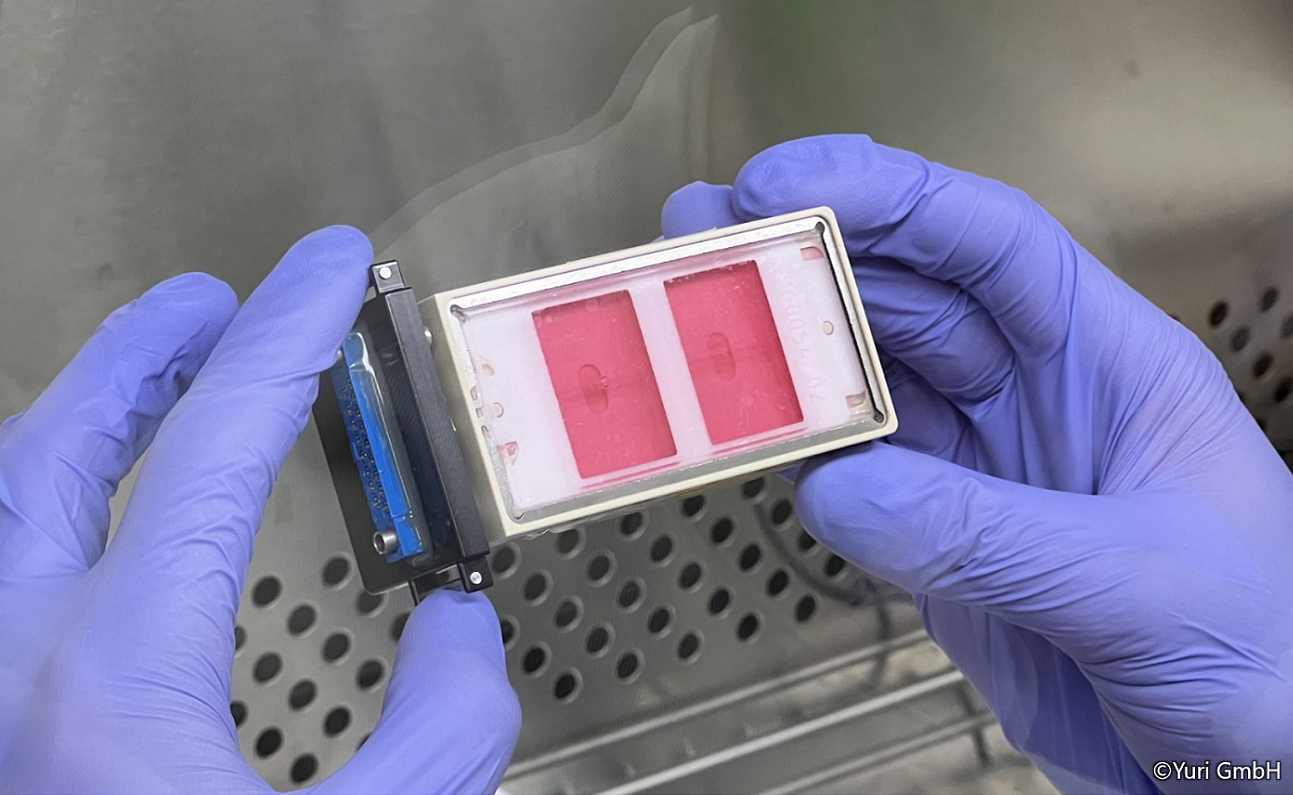- 2023.10.30 Mon
Cellbox-3 - investigate the behavior of immune, nevus and muscle cells in microgravity


Case study to investigate the behavior of immune, nevus and muscle cells in microgravity in order to learn how cells and the intracellular processes are affected by gravity on Earth.
Cells and the intracellular processes are affected by gravity on Earth. If we travel to space, how do these processes differ under microgravity conditions, and what can we learn about cell processes on Earth by studying these changes? The Cellbox-3 experiment will answer these and other questions, studying three-dimensional multicellular models of bone marrow and co-cultures of skeletal muscle cells and nerve cells in microgravity. This research aims to enhance our comprehension of blood formation in bone marrow and the molecular processes involved in supplying muscles with nerve cells. Ultimately, the results are expected to contribute to the development of effective therapies against immune diseases and muscle weakness.
Cellbox-3 experiment consists of 2 missions. The first one is the NEMUCO experiment, under the scientific leadership of the Charité in Berlin, and the second one is the SHAPE experiment, led by the Johann Wolfgang Goethe University in Frankfurt. Cellbox-3 used the fully automated micro-laboratories of yuri GmbH, a company based in Meckenbeuren.

Each of sample containers for Cellbox-3 is only the size of a mobile phone. The samples were launched to the International Space Station (ISS) on 6 November 2022 with Cygnus spacecraft NG-18, and returned to Earth with the CRS-26 Dragon capsule on 11 January 2023.

The NEMUCO/Cellbox-3 project studies changes in the structure and function of the contact points between nerve cells and muscle cells. Normal muscle function depends on neuromuscular junctions, the synapses which form the cell connections. Notably, cell culture-based experiments were used to study cell formation under zero gravity conditions for the first time.
Fully automated micro-laboratory was used to co-culture three-dimensional cell culture models of isolated nerve cells with young skeletal muscle cells. After exposing these cultures to controlled conditions on the ISS for several days, they were chemically fixed while still under zero gravity conditions. The samples were then returned to Earth and analyzed at Charite. The findings from these experiments will improve our understanding of the molecular processes involved in supplying muscles with nerve cells. Furthermore, it is hoped that the results will help endeavors aimed at optimizing rehabilitation and training programs.
In space, how microgravity effects on bone marrow and the immune system in our body? With SHAPE, the research team from Johann Wolfgang Goethe University Frankfurt wants to quantify the formation process and the viability of cellular spheroids after exposition to microgravity on ISS. “SHAPE" stands for "Spheroids aggregation and viability in space" and a spheroid is a three-dimensional arrangement of cells.
The results of this study will enhance our understanding of changes in innate immunity to pathogens in humans and provide a foundation for more intensive research into the molecular causes of changes in blood formation in the bone marrow, a process known as myelopoiesis.
This is a case study of "ScienceShell" provided by YURI. Learn more about ScienceShell.
Sources (external link):
Cellbox-3 launches biomedical experiments to the ISS
Medical experiments in space: Charité – Universitätsmedizin Berlin, "Cellbox-3" part
Mission experiments, "Cellbox-3 – What we can learn about the cells in our body in space" part



